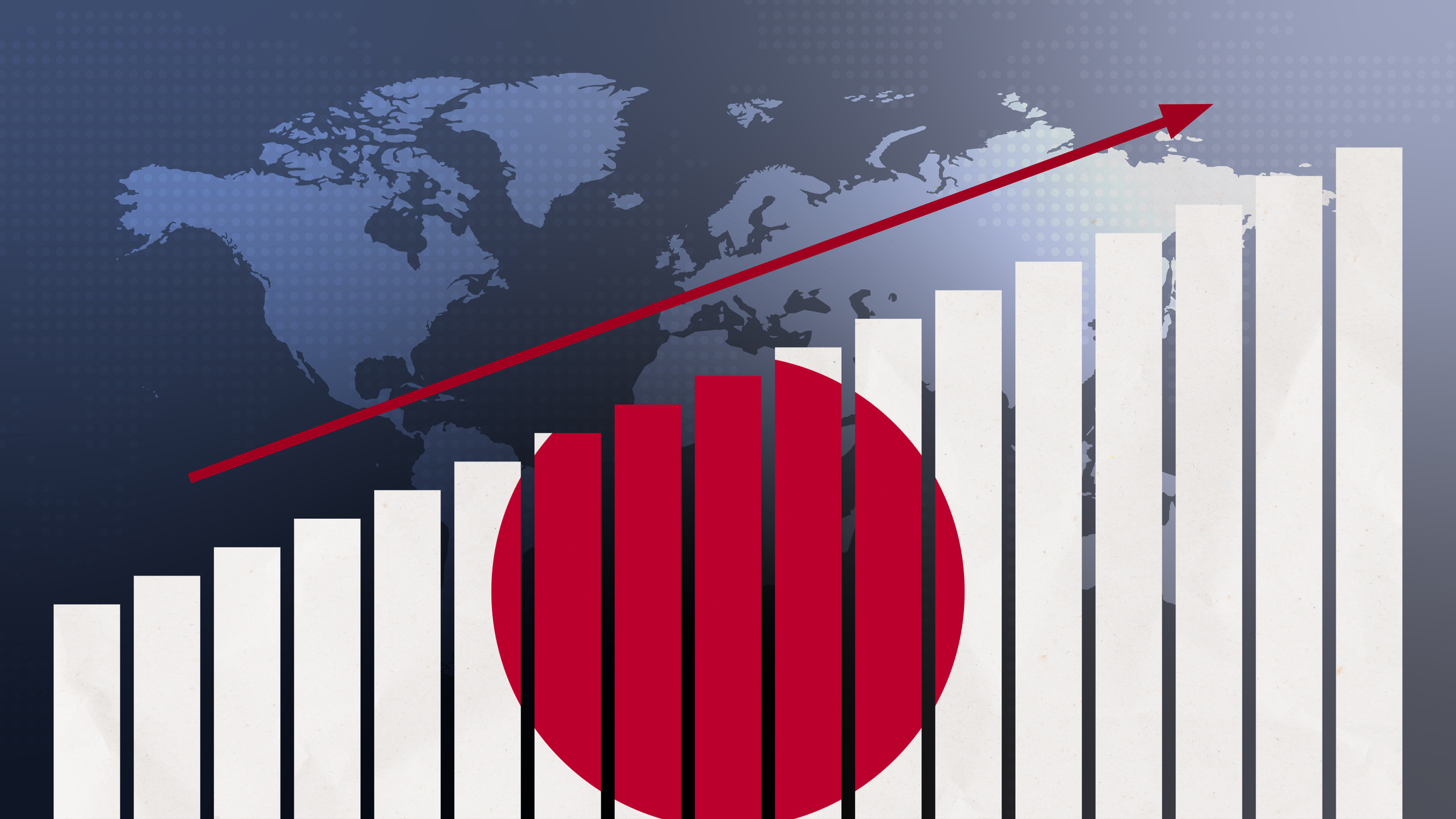A Spotlight on the Southeastern States: The Kiplinger Letter
The Southeastern states will see steady job growth in the healthcare and hospitality sectors with some pressures from inward migration.


To help you understand what is going on in the economy our highly experienced Kiplinger Letter team will keep you abreast of the latest developments and forecasts (Get a free issue of The Kiplinger Letter or subscribe). You'll get all the latest news first by subscribing, but we will publish many (but not all) of the forecasts a few days afterward online. Here’s the latest…
The Southeastern states will all see job gains, though not as good as in 2023.
Florida is in for a strong year, with an expected 1.7% employment growth in 2024, a slowdown from 2023’s 3.4% gain. The healthcare sector, which surged in recent years, remains strong, with several new hospitals on tap. High-speed rail between Miami and Orlando is up to 32 daily trains. A new soccer stadium is coming to Miami. The state has had the second-highest population growth rate in the U.S. as folks flocked there from other states, though the rate is falling quickly. Why? It’s harder to find affordable homes and reasonably priced hurricane insurance.

Sign up for Kiplinger’s Free E-Newsletters
Profit and prosper with the best of expert advice on investing, taxes, retirement, personal finance and more - straight to your e-mail.
Profit and prosper with the best of expert advice - straight to your e-mail.
South Carolina, which will match Florida.’s 1.7% employment growth, down from 2.5% last year, has a similar issue. The state has the highest in-migration rate in the nation, with many newcomers being retirees, spurring growth in healthcare and hospitality. However, the influx has put pressure on the housing sector, which remains tight. Though the Palmetto State isn’t immune to the manufacturing slowdown, its emphasis on the automotive sector has it in a better position than most, given pent-up demand. Recently, 16 manufacturers have announced expansions that will create 2,800 jobs.
Georgia will see 1.3% job growth, down from 2.3% last year. Healthcare has added jobs nearly as fast as Florida. since the pandemic. Because of this, nonhospital healthcare facility construction will be a bright spot in the Peach State. The leisure and hospitality sector is booming. A new 976-room hotel in Atlanta should help attract more convention business. Though new office construction has slowed, data centers are going strong. Firms are attracted to cheap energy, and the I-20 corridor south of Atlanta is an affordable area for high-tech companies.
North Carolina is in for decent job gains of 1.2%, after 2.5% last year. The healthcare and hotel sectors are surging, with the latter particularly strong. It’s one of only 10 states where hotels have made a full recovery from the pandemic. Manufacturing and construction are seeing a slowdown. However, the good news is that construction may be on the verge of a turnaround, given the state’s fast pace of population growth.
The Tar Heel State is also becoming a locus for the production of electric vehicle batteries, including Toyota’s first U.S. battery plant, opening in 2025.
Virginia rounds out the region, with an expected 1.0% job growth, versus 2023’s 2.0% rise. The labor force has been growing rapidly, but job growth in most sectors has mostly disappeared, with the exception of healthcare. The rate of unemployment is likely to tick up from its current low of 2.9%. A $10 billion project to install 176 wind turbines 30 miles off the coast has received federal approval. And the Reagan Airport area near Washington, D.C., could see a lot more development.
This forecast first appeared in The Kiplinger Letter, which has been running since 1923 and is a collection of concise weekly forecasts on business and economic trends, as well as what to expect from Washington, to help you understand what’s coming up to make the most of your investments and your money. Subscribe to The Kiplinger Letter.
Related Content
Get Kiplinger Today newsletter — free
Profit and prosper with the best of Kiplinger's advice on investing, taxes, retirement, personal finance and much more. Delivered daily. Enter your email in the box and click Sign Me Up.

David is both staff economist and reporter for The Kiplinger Letter, overseeing Kiplinger forecasts for the U.S. and world economies. Previously, he was senior principal economist in the Center for Forecasting and Modeling at IHS/GlobalInsight, and an economist in the Chief Economist's Office of the U.S. Department of Commerce. David has co-written weekly reports on economic conditions since 1992, and has forecasted GDP and its components since 1995, beating the Blue Chip Indicators forecasts two-thirds of the time. David is a Certified Business Economist as recognized by the National Association for Business Economics. He has two master's degrees and is ABD in economics from the University of North Carolina at Chapel Hill.
-
 Starbucks 2025 Dress Code Changes: See the New Look
Starbucks 2025 Dress Code Changes: See the New LookThe 2025 Starbucks dress code change features a uniformed look as part of creating a more familar and friendly cafe experience.
By Sean Jackson
-
 Ray Dalio Is Ringing Alarm Bells About 'Something Worse Than a Recession'
Ray Dalio Is Ringing Alarm Bells About 'Something Worse Than a Recession'Bridgewater founder Ray Dalio has been sounding off about his concerns for the global economy as a result of tariffs and certain policies, as well as other factors.
By Alexandra Svokos
-
 What DOGE is Doing Now
What DOGE is Doing NowThe Kiplinger Letter As Musk's DOGE pursues its ambitious agenda, uncertainty and legal challenges are mounting — causing frustration for Trump.
By Matthew Housiaux
-
 A Move Away From Free Trade
A Move Away From Free TradeThe Letter President Trump says long-term gain will be worth short-term pain, but the pain could be significant this year.
By David Payne
-
 Trump’s Whirlwind Month of Crypto Moves
Trump’s Whirlwind Month of Crypto MovesThe Kiplinger Letter The Trump administration wants to strengthen U.S. leadership in the cryptocurrency industry by providing regulatory clarity.
By Rodrigo Sermeño
-
 What Could Derail the Economy This Year?
What Could Derail the Economy This Year?The Letter While the outlook for the U.S. economy is mostly favorable, there are plenty of risks that bear watching.
By David Payne
-
 Three Ways President Trump Could Impact the Economy
Three Ways President Trump Could Impact the EconomyThe Letter Some of Trump's top priorities could boost economic growth, but others risk fueling inflation.
By David Payne
-
 10 Predictions for 2025 from The Kiplinger Letter
10 Predictions for 2025 from The Kiplinger LetterThe Kiplinger Letter As 2025 arrives, here are our top 10 forecasts for the new year.
By Letter Editors
-
 Europe Faces Economic and Political Headwinds Next Year
Europe Faces Economic and Political Headwinds Next YearThe Letter Challenges for Europe: Potential tariffs, high energy prices and more competition from China will weigh on the bloc in 2025.
By Rodrigo Sermeño
-
 Don't Sleep on Japan's Economic Transformation
Don't Sleep on Japan's Economic TransformationThe Letter After almost three lost decades, Japan — one of the world's biggest economies — is finally showing signs of life.
By Rodrigo Sermeño